Exeter, in England’s south-west, is blazing a trail for Passive House social housing. Its Chester Long Court, 26 high-quality, affordable homes built to the Passive House standard, has won design awards (along with, I expect, abiding appreciation from those who live in them). The Council’s goal was to create apartments for their over-60s social housing tenants. By downsizing, larger Council homes …
How much more for PH performance? Very little, says UK
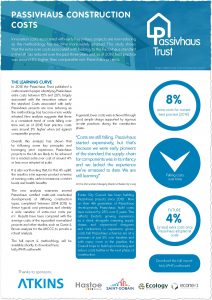
This extensive cost study of Passive House projects in the UK shows that for projects that make good choices, the capital cost premium is down to eight per cent. At scale, that premium is projected to drop to four per cent: “The [Passive House] standard in the UK can be achieved now for a modest extra-over cost and this is …
New England delivers PH social housing

Here’s an excellent discussion of the overall benefits to the tenants of this social housing project for low-income tenants in a high-cost area. It’s a six-story building with 98 units in Cambridge, Massachusetts. Plus, it spells out the benefits to society of building right. “In each case, the goal is to give heating and cooling systems very little to do. …
Prefab CLT slashes construction time

This big-budget, single family residence in posh North Vancouver, Canada, benefited from use of 4.5 inch prefabricated cross-laminated timbers (CLT). The structure was erected in a few weeks rather than months, reducing construction costs and exposure to rain—and given Vancouver’s wet climate, that is a significant benefit. Despite three stories of wall-to-wall glass, this is a net-zero energy project. I’m …
Passive House homes hitting headlines in Australia
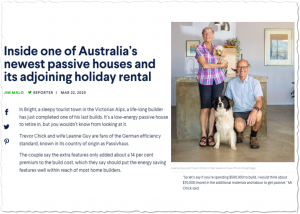
One of the last projects by a lifetime builder is a certified Passive House he built for himself and his wife, in Bright, Australia. Energy costs currently amount to about $12 a week—but Trevor Chick and Leanne Guy are expecting that will drop to “near-zero” all year-round once the solar panels are installed. Anyone approaching retirement would appreciate that. The …
Radical rethink required for school buildings
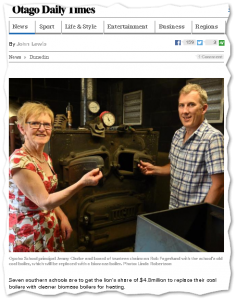
Replacing eight schools’ coal-fired boilers with ones that run on biomass, as reported earlier this year, is a good move but it wouldn’t be necessary if our schools weren’t built so badly. Too many students are herded into poorly-designed, badly-constructed school buildings that can create an unhealthy learning environment. They take huge amounts of energy to run and may still …
Lockdown Passive House style: it’s warm and quiet and the air is fresh in here

As we near the end of Level 4 lockdown, we asked some Passive House owners around the country about their experience at home these past weeks. It’s hardly a spoiler to summarise that they’re warm and comfortable and love the choices they made. All three are modestly-sized family homes where compromises were made in order to afford high-performance features. What …
Learning from the Canucks: remove barriers, add incentives, invest in training
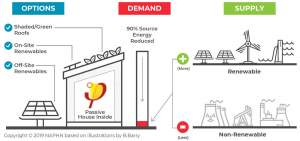
“The City understood that more Passive House projects would be needed to serve as the icebreakers, making way for all buildings to move toward high-performance outcomes.” Vancouver is heading to very low carbon buildings, a profitable path to zero carbon, by focusing on their Zero Emissions New Building Plan, which focuses on the lessons from Passive House (better envelopes, lower …
CLT passive house apartments blaze near-zero carbon path
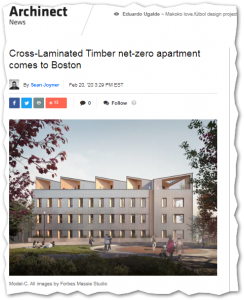
I’m pleased to see a five-story Passive House apartment building planned for Boston, built from cross-laminated timber (CLT). In my opinion, the best way to reduce the embodied energy or carbon in buildings is to reduce concrete and steel—and increase the timber content. A CLT structure does all three at the same time. Added bonus: it speeds construction and removes …
